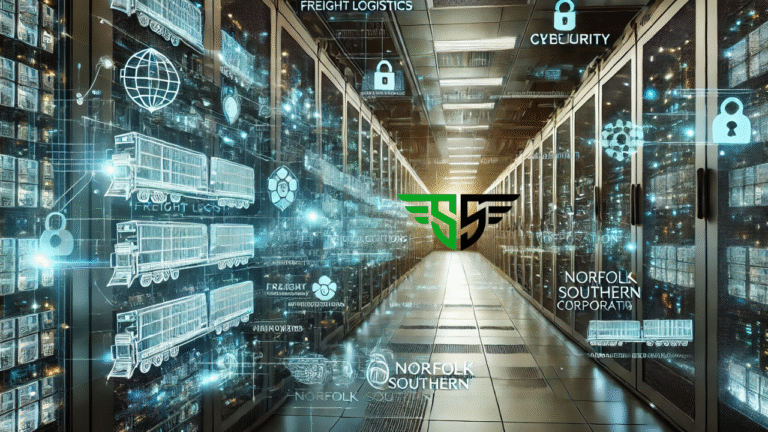If you’ve heard the term OWP mainframe and wondered what it means, you’re not alone. Mainframes are powerful computers that run big and important tasks for companies, banks, hospitals, and even government agencies. In this guide, we’ll explain what OWP mainframes are, how they work, why they matter, and how they affect your daily life — in a way that’s easy for anyone to understand.
What Is an OWP Mainframe?
An OWP mainframe is a type of large, powerful computer designed to process and store huge amounts of information quickly and safely. Unlike regular laptops or desktop computers, a mainframe can handle thousands — even millions — of operations at the same time without slowing down. This makes it perfect for organizations that deal with massive data every day, such as banks, hospitals, and airlines.
In simple terms, think of an OWP mainframe as a super-powered brain for big businesses. It doesn’t get tired, it rarely crashes, and it can work on many things at once. The “OWP” in OWP mainframe often refers to a specific operating framework or platform that helps control how the mainframe works, keeps it secure, and makes sure all the programs run smoothly.
How OWP Mainframes Work
An OWP mainframe works a lot like a busy city. In a city, you have cars, buses, and trains moving people and goods to where they need to go. On a mainframe, you have data moving between the processor, storage, and network systems — all at incredible speed.
The mainframe’s central processor acts like the city’s mayor, making sure everything is running in order. Storage works like giant warehouses, keeping all the important data safe until it’s needed. The network system is like the city’s roads, making sure information can move between departments, customers, and other systems instantly.
One of the key strengths of an OWP mainframe is multi-processing — the ability to run many programs at once without causing delays. This is critical for industries like finance, where a mainframe might process millions of credit card transactions in a single day.
Main Parts of an OWP Mainframe
An OWP mainframe is made up of several key parts that work together to keep things running smoothly. Let’s break them down into simple terms.

CPU – The Thinking Part
The CPU (Central Processing Unit) is like the brain of the OWP mainframe. It’s where all the “thinking” happens. When you make a bank transfer, book an airline ticket, or check your medical records, the CPU processes the request, does the calculations, and sends the right information to the right place.
Mainframe CPUs are much faster and more reliable than regular computer CPUs. They can handle thousands of users at the same time, and they’re built to work 24/7 without stopping.
Storage – The Memory Bank
Storage is where the OWP mainframe keeps all its information. This includes customer records, transaction logs, and important company data. Mainframe storage systems are massive — far bigger than the hard drive in your home computer. They can hold petabytes of data (that’s millions of gigabytes!) and still retrieve information instantly.
Data storage in mainframes is also designed for high security. Banks, hospitals, and government agencies choose mainframes because they can protect sensitive information from hackers and accidents.
Network – The Communication Lines
The network in an OWP mainframe is like the roads and highways that connect the whole system. It lets the mainframe talk to other computers, servers, and devices. This is how your bank’s mainframe can communicate with ATM machines across the country, or how a hospital’s mainframe can update your medical record instantly when a doctor enters new information.
The OWP framework often includes specialized network management tools that keep data moving smoothly and securely, even when millions of requests are happening at once.
Why Big Companies Use OWP Mainframes
Big companies choose OWP mainframes because they need speed, reliability, and security. A large retail chain might need to process sales from thousands of stores at the same time. A government agency might have to handle millions of tax returns during the busy season.
Mainframes are also incredibly reliable — some can run for years without shutting down. In industries where downtime costs millions of dollars per minute, this reliability is essential. The OWP platform adds another layer of control, making it easier to manage operations and protect against data loss.
OWP Mainframe in Everyday Life
Even if you’ve never seen a mainframe, you probably use one every day without realizing it. When you swipe your credit card at a store, check your bank balance on your phone, or buy an airline ticket online, there’s a good chance an OWP mainframe is involved somewhere in the process.
Mainframes also power the systems that track packages, schedule trains, and run healthcare databases. They are the hidden engines that keep modern life running.
Common Jobs for OWP Mainframes
OWP mainframes do many different jobs depending on the industry. Let’s look at a few common examples.

Banking Transactions
Banks use OWP mainframes to process deposits, withdrawals, and transfers. These transactions need to happen instantly and without mistakes, even when millions of customers are using the system at the same time. Mainframes keep everything running smoothly, ensuring money moves safely from one account to another.
Healthcare Records
Hospitals and healthcare providers store patient records on mainframes because they need to be secure, accurate, and available at all times. When a doctor updates your medical file, that information is stored and shared instantly through the mainframe system, making sure every healthcare worker sees the most up-to-date data.
The Future of OWP Mainframes
Far from being “old technology,” mainframes are evolving. Modern OWP mainframes use cloud integration, artificial intelligence, and advanced encryption to keep up with the demands of today’s digital world. Some experts believe that as cyberattacks become more common, mainframes will be even more important for keeping critical data safe.
Why Businesses in the U.S. Still Use OWP Mainframe
In the U.S., many large companies still rely on OWP mainframes because no other system offers the same mix of speed, reliability, and security. While cloud servers and smaller computer networks are popular, mainframes remain the best choice for industries that can’t afford downtime or mistakes — like banking, healthcare, and government services.
The Bottom Line
An OWP mainframe might sound complicated, but at its heart, it’s just a very powerful, very reliable computer designed to handle huge workloads. It works behind the scenes to keep money moving, medical records updated, and travel plans on track. For businesses that need speed, security, and nonstop performance, the OWP mainframe is still one of the best tools available.


